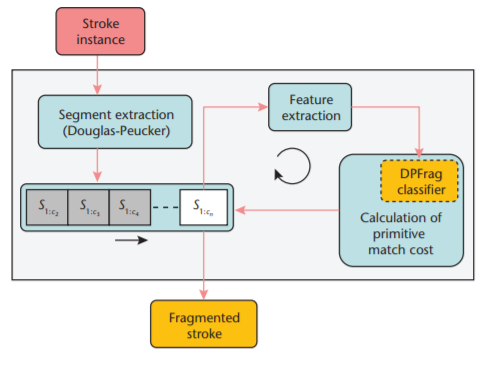
Many computer graphics applications must fragment freehand curves into sets of prespecified geometric primitives. For example, sketch recognition typically converts hand-drawn strokes into line and arc segments and then combines these primitives into meaningful symbols for recognizing drawings. However, current fragmentation methods’ shortcomings make them impractical. For example, they require manual tuning, require excessive computational resources, or produce suboptimal solutions that rely on local decisions. DPFrag is an efficient, globally optimal fragmentation method that learns segmentation parameters from data and produces fragmentations by combining primitive recognizers in a dynamic-programming framework. The fragmentation is fast and doesn’t require laborious and tedious parameter tuning. In experiments, it beat state-of-the-art methods on standard databases with only a handful of labeled examples.
Authors: R. Sinan Tümen and T. Metin Sezgin